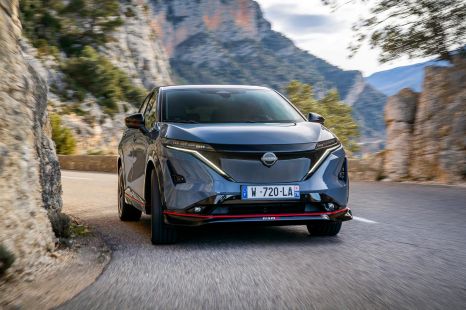

Shane O'Donoghue
2025 Nissan Ariya Nismo review: Quick drive
5 Days Ago
Mini wasn't going to go fully electric until the next-generation model. But plans change, and here we are. If you want a super-cute, punchy and green urban runabout, it's the obvious choice. But there are caveats...
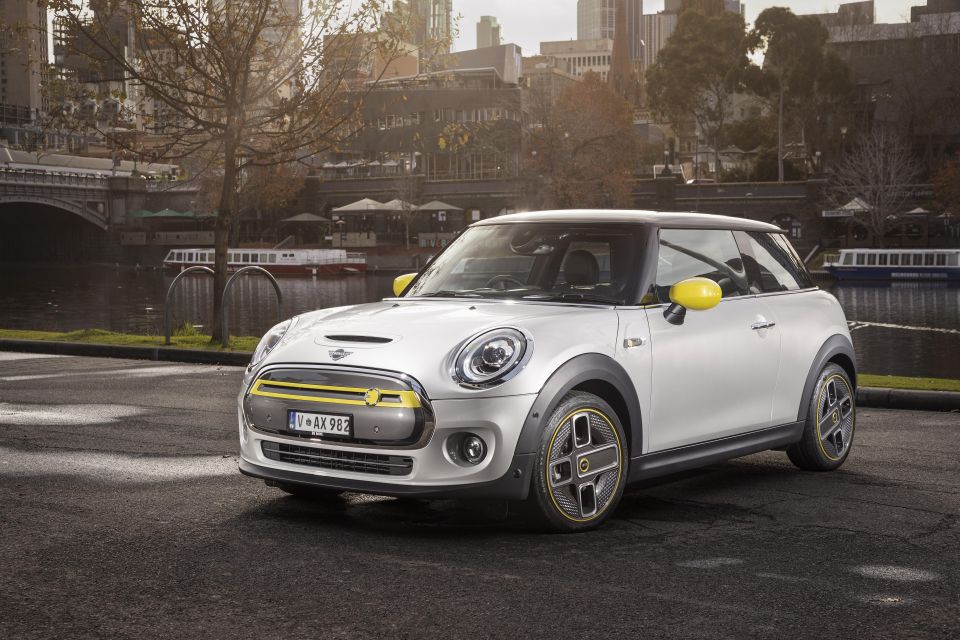
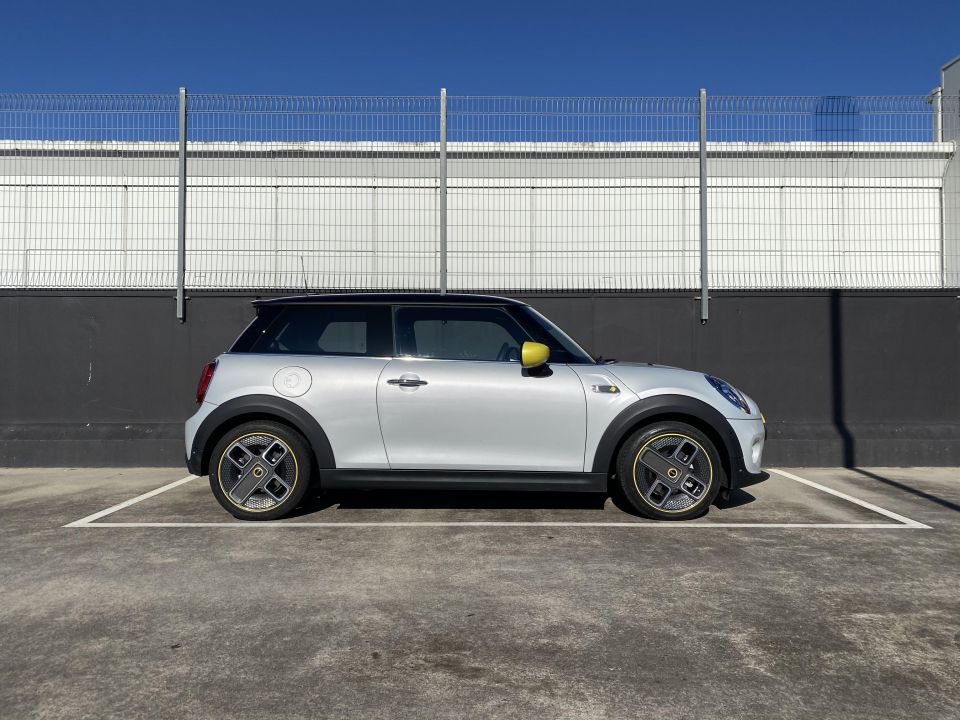

Senior Contributor
New from
$30,250
excl. on-roads

Senior Contributor
New from
$30,250
excl. on-roads


Senior Contributor
New from
$30,250
excl. on-roads

Senior Contributor
New from
$30,250
excl. on-roads
Quickly see how this car stacks up against its competition. Select any benchmark to see more details.
Where expert car reviews meet expert car buying – CarExpert gives you trusted advice, personalised service and real savings on your next new car.
The Nissan Leaf and Hyundai Ioniq are doing a lot to introduce electric cars to a wider audience at a comparatively low price point. But not even their makers would call them excitement machines.
That’s where the Mini Electric – extraneously dubbed at its global launch as Cooper SE – comes in. Cars aren’t always rational, and if there’s anything in the compact class that embodies heart-over-head decision-making, it’s Oxford’s finest.
Company insiders have told us that Mini initially didn’t intend to make a full electric vehicle (EV) version of its iconic hatch until the next-generation model due around 2022, using a new BMW Group electric architecture.
This car was actually only green-lit about four years ago, once Mini’s executives saw the industry’s rapid move into battery-powered city cars. There are now Fiat 500, Smart Car, Volkswagen Up, Renault Zoe, and Peugeot 208 EVs in Europe, to give some examples of that.

Therefore the 2020 Mini Electric sits on a version of the ‘UKL’ platform underpinning the petrol and diesel Minis replete with batteries and some other bits borrowed from BMW’s own radical i3. It’s even made at the same Oxford factory as other Minis, which itself has been given an upgrade to handle the task.
So we need to consider this car as one destined for a shortish life cycle, but also as one of historical importance. The 2010 Mini E trial car excepted, this is a car that marks a turning point for the brand. But is it any good, and is it a good choice for your first EV?
The list price is $54,800 before on-road costs, which equals $59,900 drive-away. This is for the highly specified First Edition model. At the end of the day, a $60,000 Mini is a $60,000 Mini.
The Hyundai Ioniq prices vary from $48,490 (Elite) and $52,490 (Premium) before on-road costs, and a Nissan Leaf costs $49,990 before on-road costs.
The Hyundai Kona Electric costs between $60,740 (Elite) and $65,290 (Highlander) before on-roads, the BMW i3 S is $70,990 before on-roads, and a base Tesla Model 3 Standard Range lists at $73,990 before on-roads.
The Mini Electric’s price point is quite close to the Mini John Cooper Works hot hatch ($53,350 before on-roads), but a fair bit more expensive than the Cooper S ($45,250 before on-roads).
In many countries there are government or OEM tax breaks and subsidies to push EV take-up, but their absence in Australia makes these vehicles less affordable. For example, UK buyers get a £3000/$5400 grant, and Germans get a mixed public/private grant of €9000/$14,600.
Still, it is worth noting that Mini sold 70 per cent of 2020’s allocation of Electrics in the first 24 hour hours after web deposits opened. Clearly there are people willing to pay.
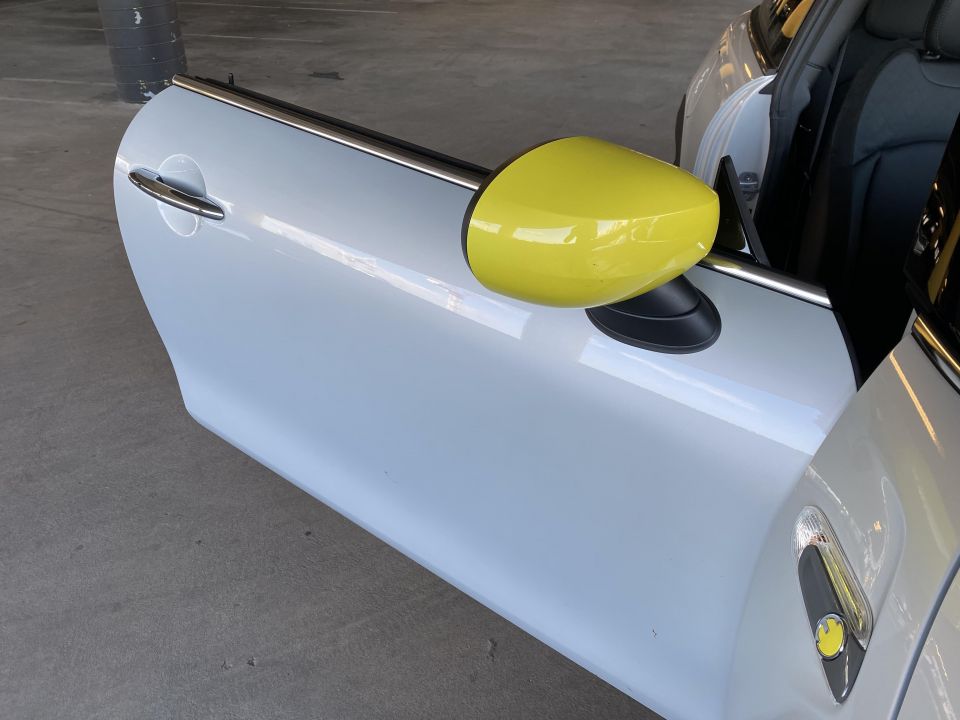
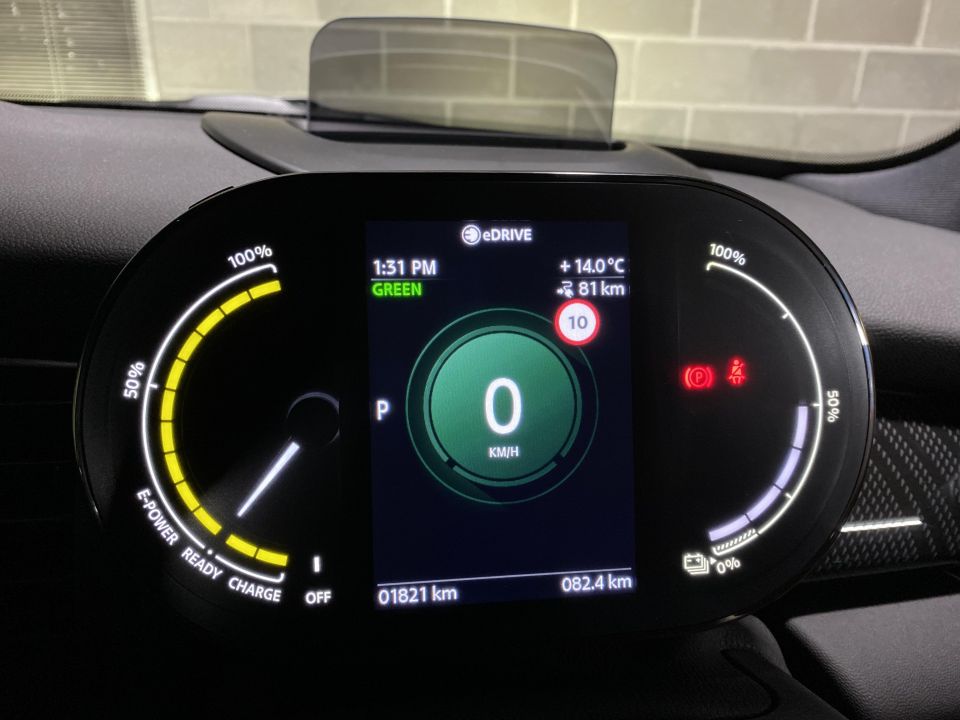
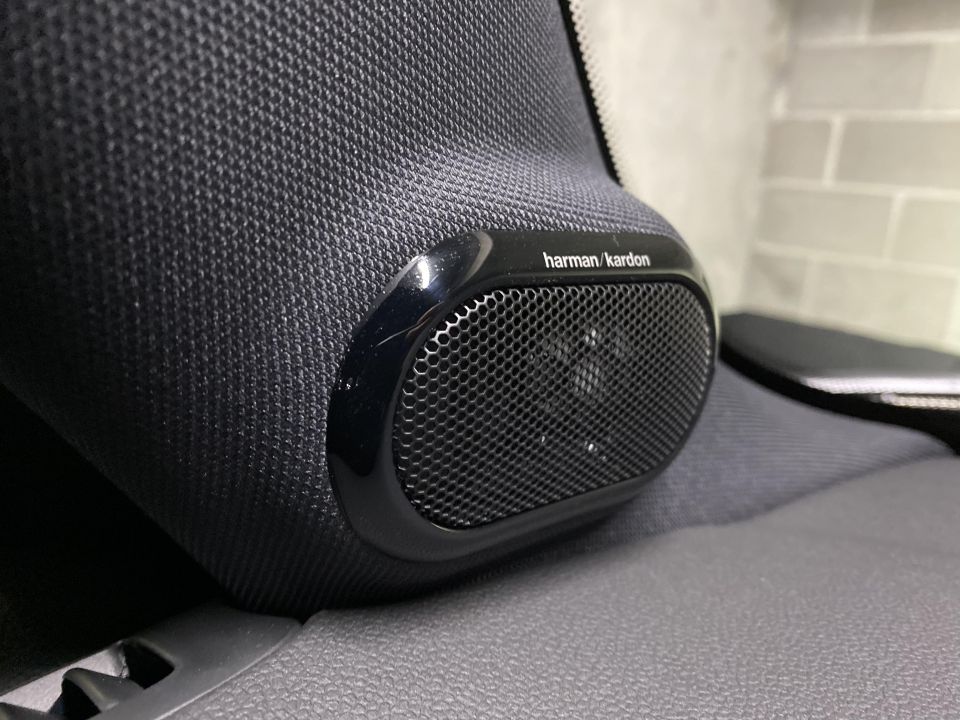
There are four exterior designs available: our test car is furnished with the Future 1 configuration, meaning while-silver metallic paint, a black roof, ‘power spoke’ aero-friendly wheels, and yellow highlights.
There’s also the Future 2 with the same look as Future 1 except for metallic black paint, plus Classic 1 (British Racing Green paint, 10-spoke alloys, and a white roof and mirror caps) and Classic 2 (same as Classic 1, except with Chilli Red paint).
All Mini Electric models get a unique solid grille since a conventional engine-cooling grille is obviously extraneous, a stamped charging-plug cover, a seemingly-unlikely bonnet scoop, and steel Cooper-badged kick plates inside the door apertures.
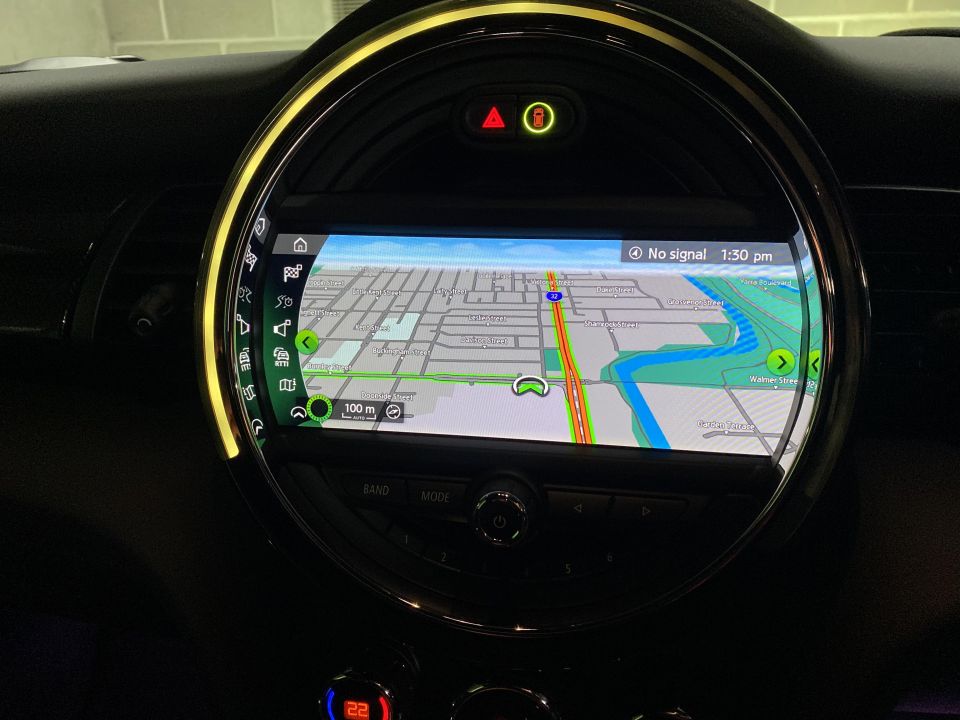
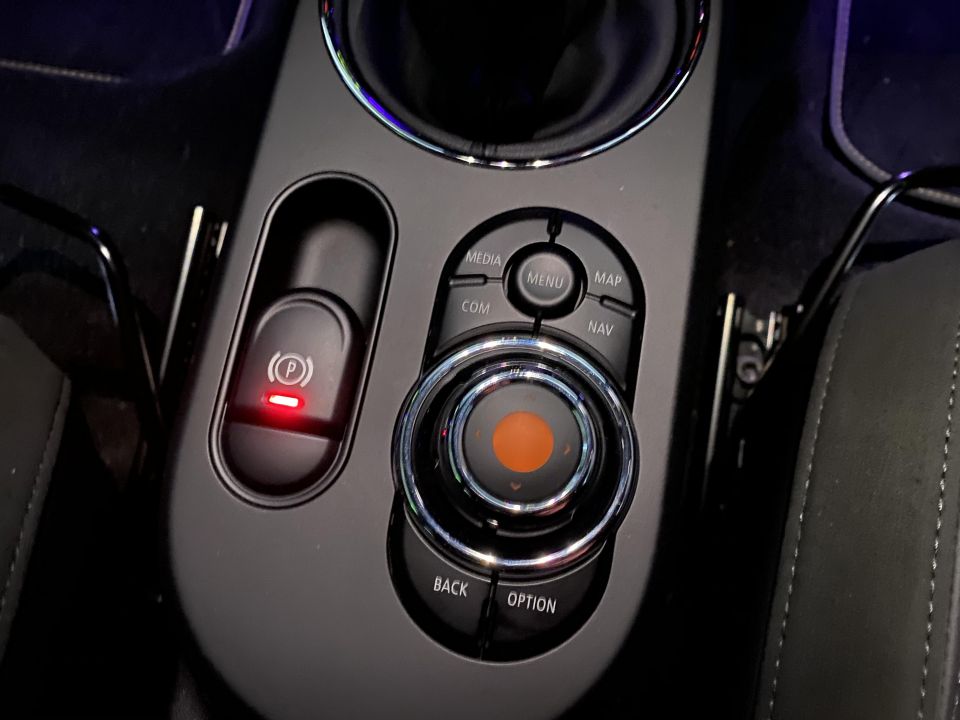
You get standard adaptive LED headlights for high- and low-beam, LED rear lights with Union Jack-shaped covers, LED daytime running lights, rain-sensing wipers, ambient cabin lighting in changeable colour schemes, a proximity key fob, leather ‘Cross Punch’ seat trim, dual-zone climate control, cruise control with speed limiter, and a reversing camera.
The centre touchscreen is 8.8 inches and displays satellite-navigation with traffic updates, wireless Apple CarPlay, DAB+, Bluetooth streaming/calls, and USB. You can also interface with Spotify account without using CarPlay.
There’s a 5.5-inch digital instrument display, and a glass head-up display piece, plus a cracking 12-speaker Harman Kardon audio system.
The Mini also works with the company’s Remote Services app, through which you can unlock or lock the car, flash the high beams, track the car’s location, and check your available driving range remotely.
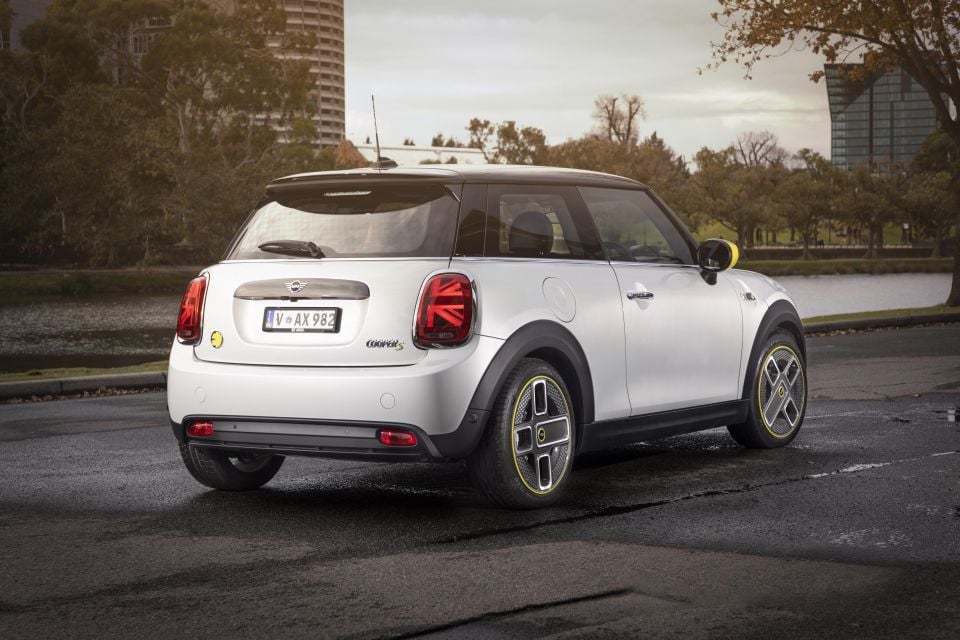
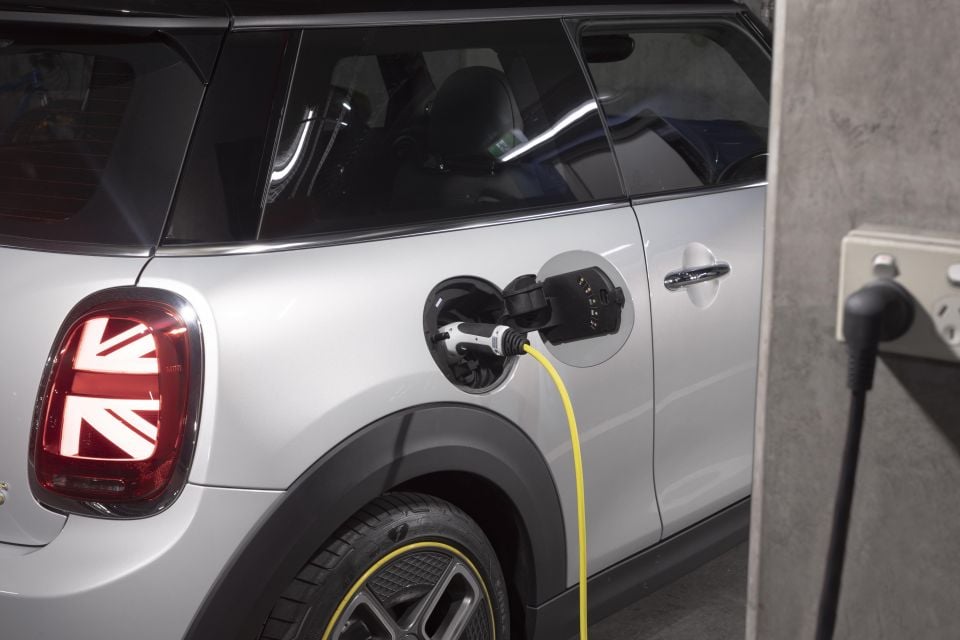
It’s not rated at five stars by crash-tester ANCAP, unlike the Leaf or Ioniq. Indeed it’s not rated. But ANCAP awarded the petrol versions four stars way back in 2014 when the model launched.
Safety features include front, side, and curtain airbags, city autonomous emergency braking with pedestrian detection, forward collision warning, parking assistant, and a speed limit readout. No lane-assist, blind-spot monitor, active cruise control, or reverse AEB.
It has fewer active safety features than most passenger cars at the this price point, or even at half this price point.
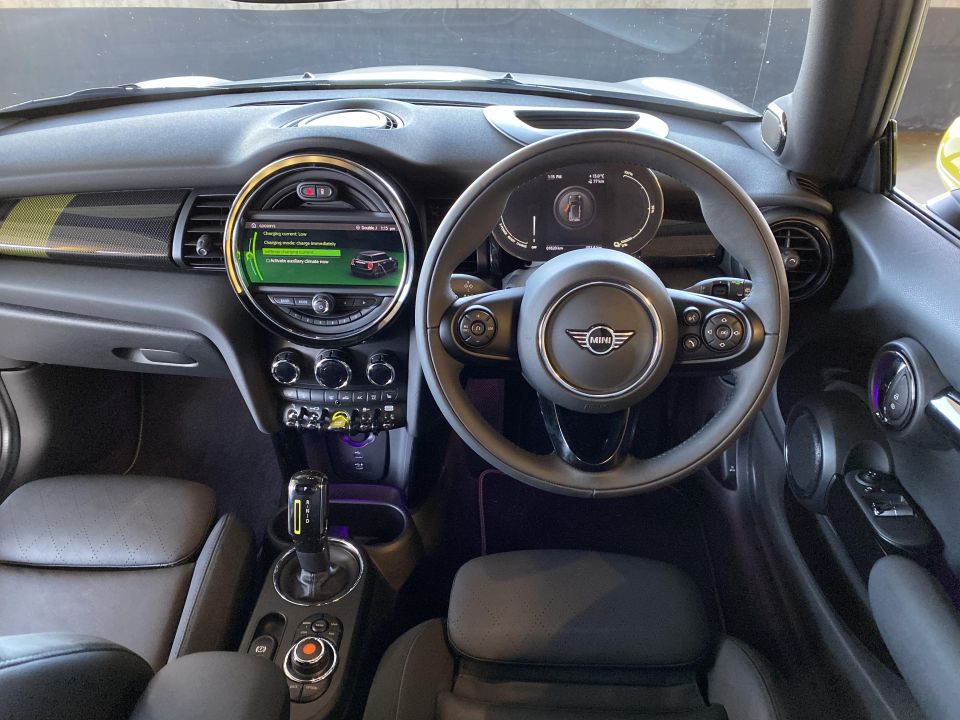
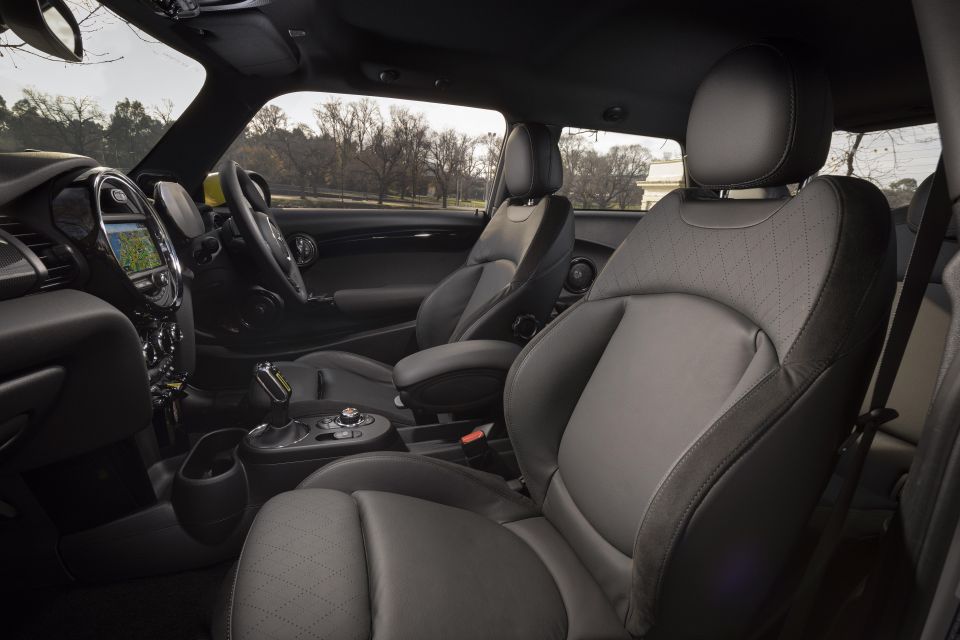
The cabin design is recognisable, beyond that nifty digital instrument readout and the various levity-enhancing trims like the black-and-yellow dash piece in our test car.
You sit low, and there’s ample seat and wheel adjustments to be had for people of various proportions. I’m not far under two metres tall and had space, for context.
It’s all quite well made, and doesn’t squeak and rattle like previous iterations of the reborn Mini had a tendency to. And in my view the design balance between retro and modern is about right, particularly when it comes to the toggle switches lower down the fascia to control your driving modes.
However, the centre touchscreen running navigation and Apple CarPlay/Android Auto is starting to look a little small next to the competition, hidden away in the round fascia like it is. At least that sound system has great clarity and bass.
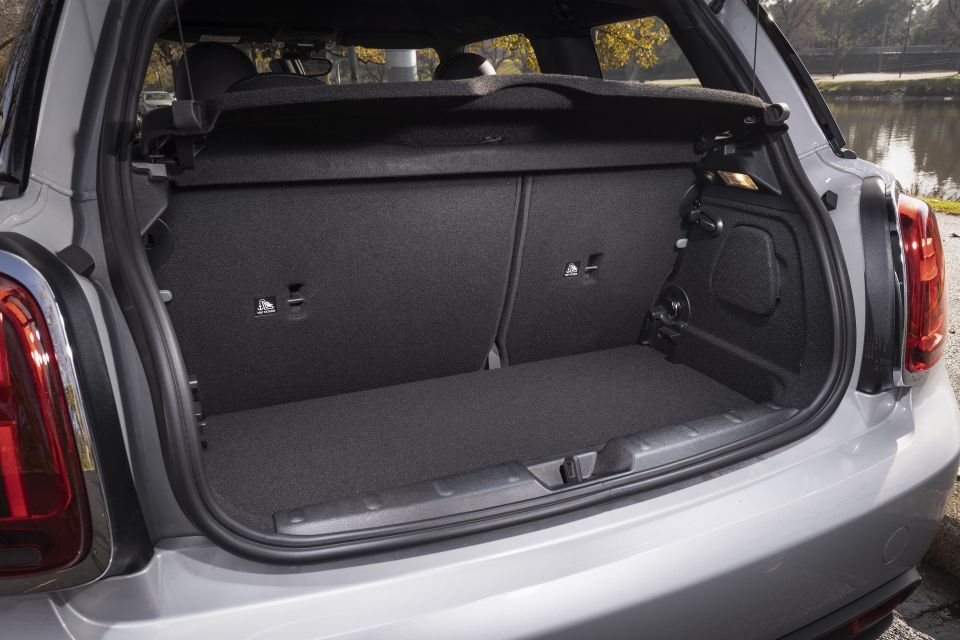
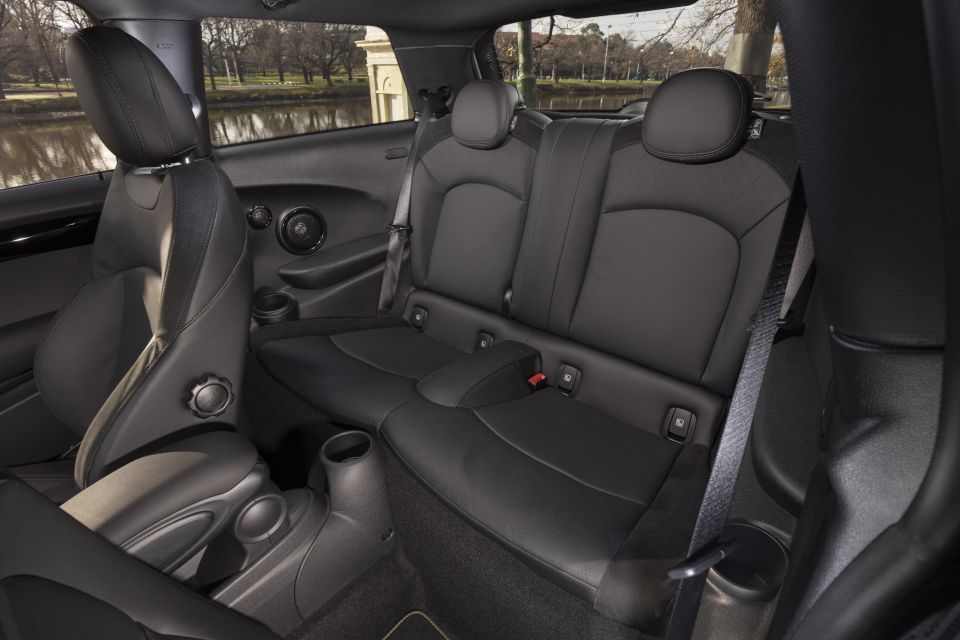
Fun fact: The cabin can be heated by a pump that collects and distributes waste heat from the battery and motor, and which draws 75 per cent less battery energy than a normal system.
Mini met the design brief of keeping cargo space and passenger room identical to a combustion version, with 211L of storage growing to 731L with the back seats folded. As I said when I drove this car overseas earlier in the year, Alec Issigonis would be happy about that bit.
However, let’s not pretend those back seats are for anything other than groceries, or carrying very tolerant friends at the pinchiest of pinches.
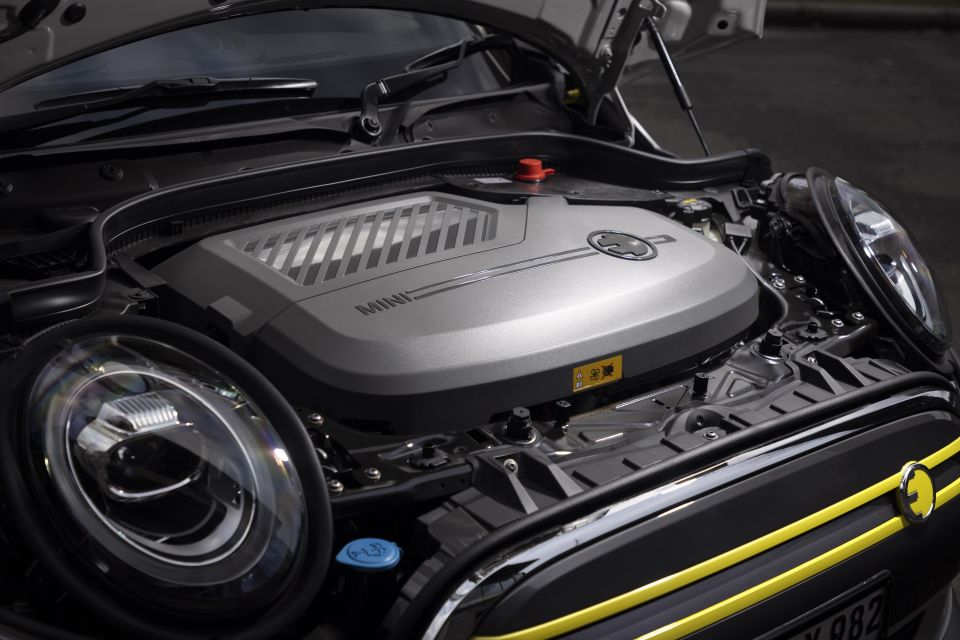
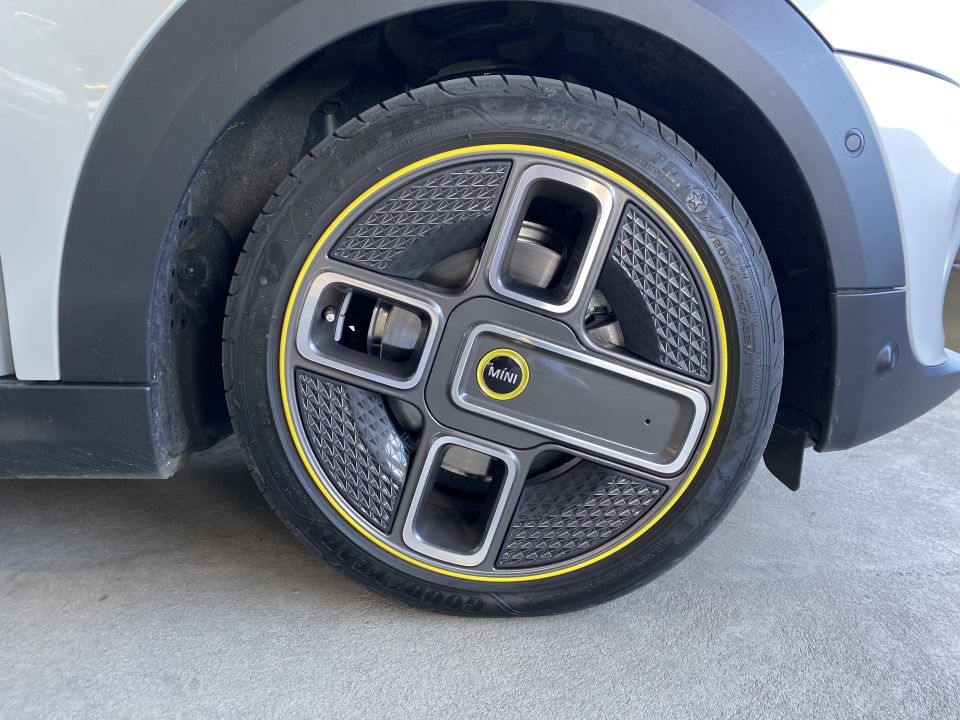
It’s not a Tesla-style ‘frunk’, that’s for sure.
The 135kW and 270Nm electric motor mounted up front has been taken from the BMW i3, but mounted for front-wheel drive. The Mini Electric also gets the BMW’s single-speed transmission and anti-slip controller (that handles stability control) situated near the wheels.
The battery tech is the same too, though the pack is now T-shaped to squeeze into an existing internal-combustion platform, and storage capacity comes down to 32.6kWh (of which 28.9kWh is useable, since the battery management system cannot let the cells get to zero charge).
The claimed driving range is up to 233km on the European WLTP driving cycle, compared to 270km for the Leaf and 311km for the Ioniq. In cold weather the numbers dip.
A 50kW DC charger will add 80 per cent charge in 35 minutes via the CCS Type 2 plug, while a single-phase AC wallbox in your garage should do the same in about 3.5 hours.
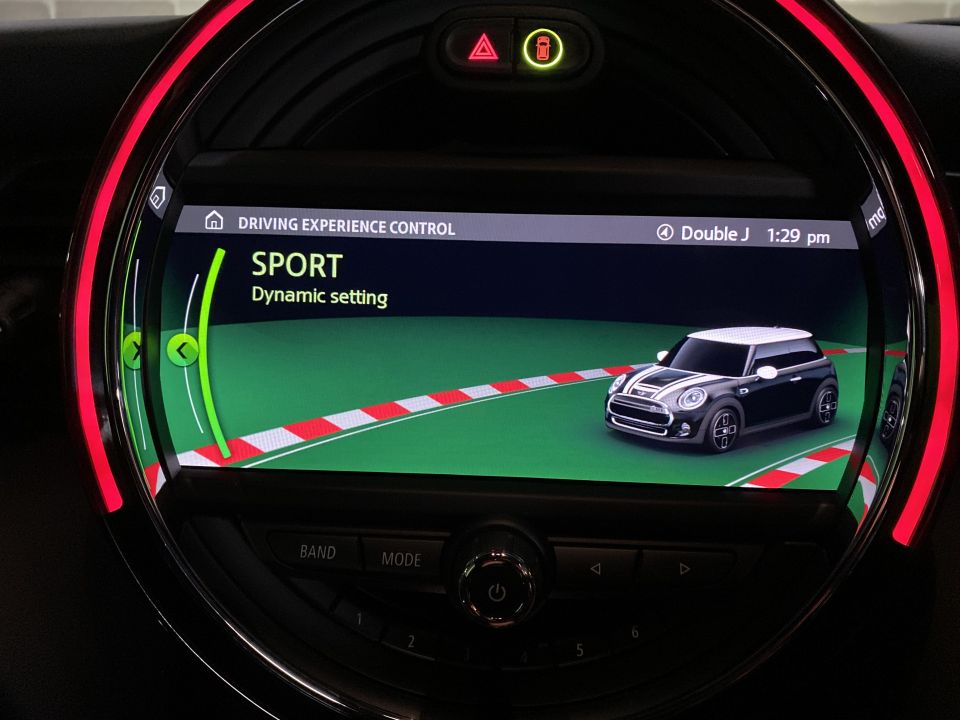
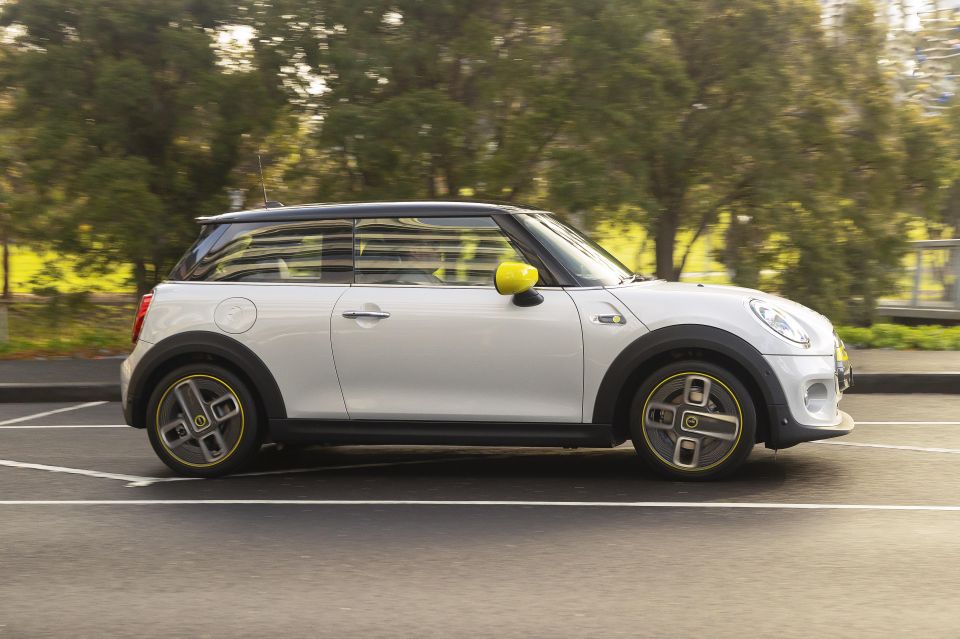
My drive loop was biased towards urban commuting, with some quick splats in sportier modes, and some highway time. The average speed was 32km/h and the energy consumption 15.8kWh per 100km.
By the end I’d driven 125km and had a claimed 45km of range remaining up my sleeve. So to match the claim would be challenging.
Still, is this enough regardless? Mini argues most of its city-slicker owners do 30-40km a day, and that’s easy to believe. And remember, a bigger battery with a longer range both adds significant cost to the buyer and is heavier to boot. Most owners will have another car for road trips to the countryside, so just keep in mind this vehicle’s purpose.
While the i3 uses carbon-fibre reinforced plastic bits to reduce weight, they were deemed too expensive to be shared with the 1365kg Mini Electric. Still, the weight impost over a 141kW/280Nm petrol-fired Cooper S is a reasonable 150kg, so the power-to-weight ratio remains pretty good. Indeed, a 7.3-second 0-100km/h is pretty sprightly, as is a 0-60km/h time of 3.9s.
It’s quick, particularly in the Sport setting that sharpens the throttle in exchange for more energy use, but where it really shines is rolling response from low speeds, because it’s the putting-down of power through the front wheels from standstill that can catch it out.
Trust us, if you want to jump into a gap in moving traffic, this thing goes quicker than some full-on sports cars. And of course, is utterly silent when doing so.
While the added weight doesn’t help, it does retain the typical Mini handling nous, with well-weighted steering that is consistent through the turn, and excellent agility that makes directional changes and roundabouts fun. It’s 90 per cent as nippy as a Cooper S, based on seat-of-the-pants feel.
There are also two brake energy recuperation modes, the latter of which slows the car at a claimed 0.19g when you lift off the throttle, saving your brakes the burden. But there’s no Nissan Leaf-style one-pedal driving.
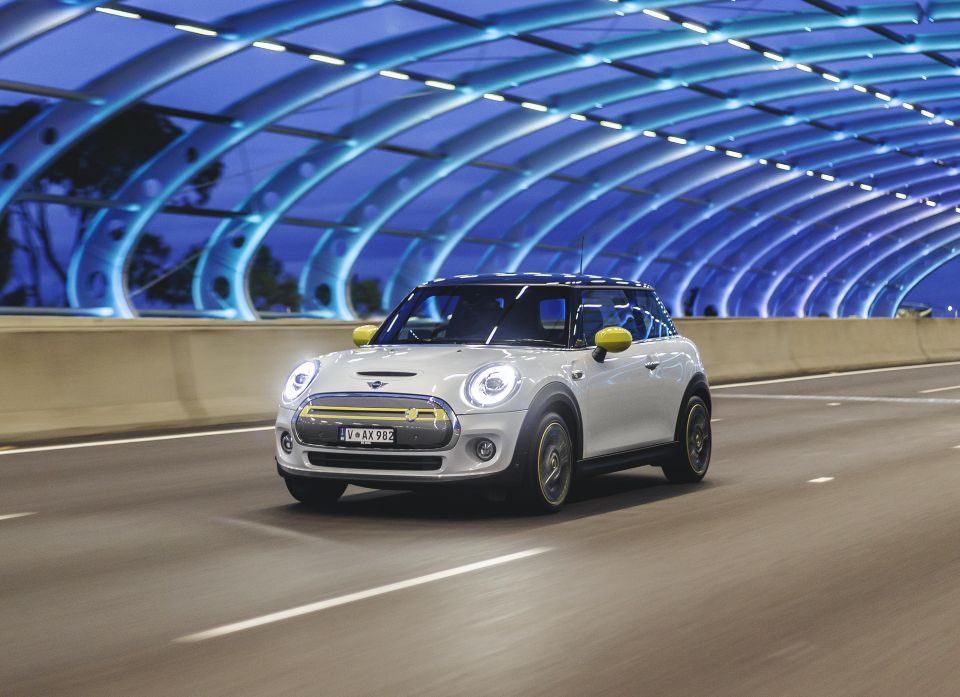
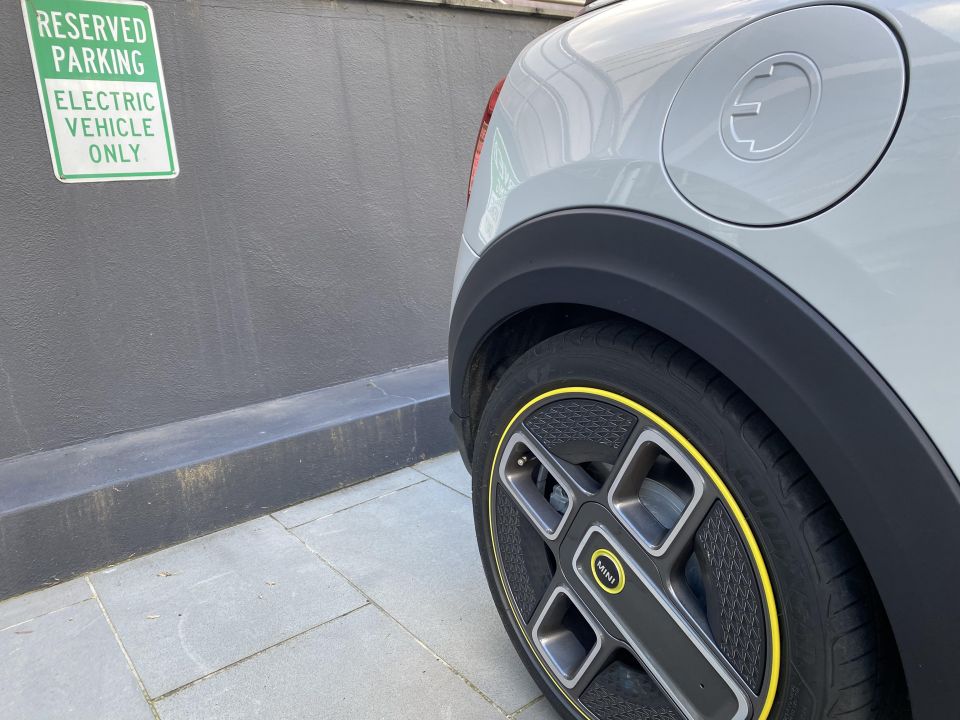
The other thing you notice is the ride quality over choppy roads, which is usually excellent, absorbing speed bumps and road cracks without fuss.
For urban commuting, it makes an exceedingly comfortable and quiet companion that eats up its surroundings. On highways, its refinement isn’t quite as good, but it’s never wildly out of its element there either.
Mini’s warranty is three years, though the battery warranty is eight years or 160,000km. Battery warranties kick in should battery range degradation go beyond what’s considered reasonable, usually around 25-30 per cent over the term, though such losses seem to be outliers based on research.
In terms of servicing, you can buy a five-year/80,000km Mini Service Inclusive package: the Basic Cover plan costs $800, and the Plus Cover plan $3326, but covers extras such as brake pads. The Mini Electric’s servicing costs are a tick over half that of the petrol line-up, which is good.
Servicing is carried out based on the car’s condition – with no oil changes or filter replacements required, the owner will be alerted when something needs fixing.
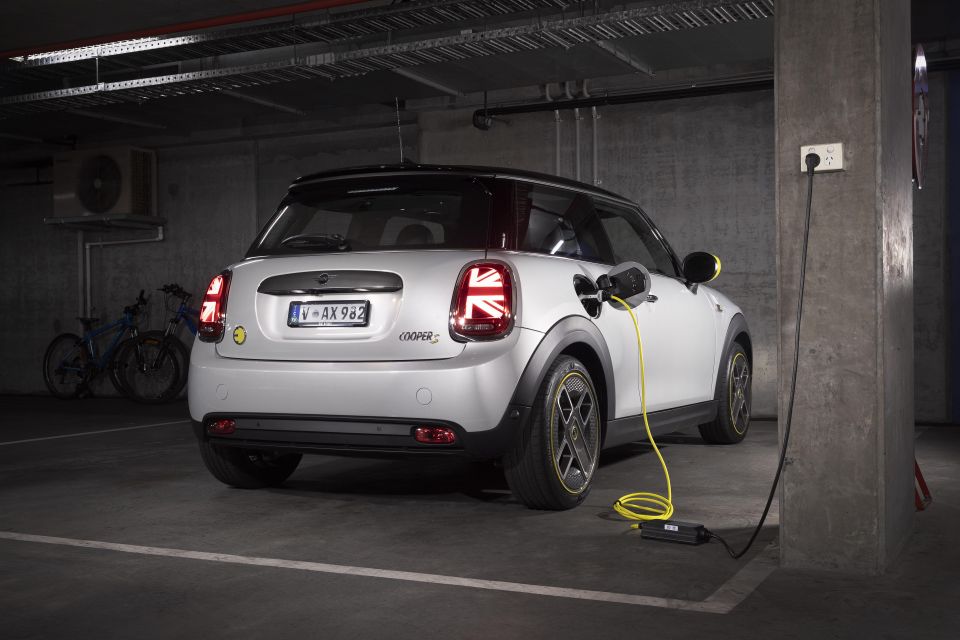
Even taking into account cheaper servicing and zero petrol bills, the Mini Electric is still on the pricey side. But that’s the nature of new technology, I suppose, and a reflection of our un-supportive market conditions.
Is that driving range long enough? That depends on who you are, although the fact it trails its competitors in this metric needs to be mentioned. I’m also inclined the say the cabin is feeling a little dated now, and note the relative paucity of driver-assist active safety features.
On the other hand, it is vastly more entertaining to drive than a Leaf or Ioniq, or the tall-and-skinny BMW i3. Mini is to be commended for keeping much of the original car’s sportiness, despite the requisite weight gain from the battery pack.
The ride quality is also acceptable, and non-jarring, and the electric motor’s punchiness once you’re rolling is truly something.
Plus it’s still such a chic and cool little thing, which is an unquantifiable yet vital part of the package.
Verdict? Well, its short life span before the new-generation model means the first Mini Electric will go down as a niche product, but also a trendsetter. You need to think with your heart over your head to buy one, but if you do, it’ll make you smile. Which is kind of the point.
Where expert car reviews meet expert car buying – CarExpert gives you trusted advice, personalised service and real savings on your next new car.


Shane O'Donoghue
5 Days Ago
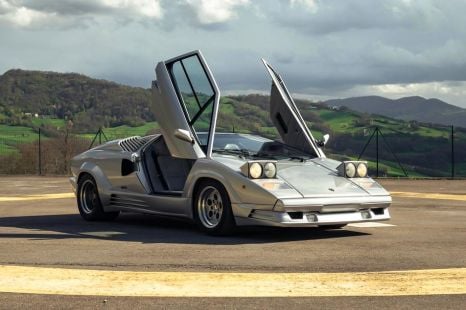

Anthony Crawford
4 Days Ago
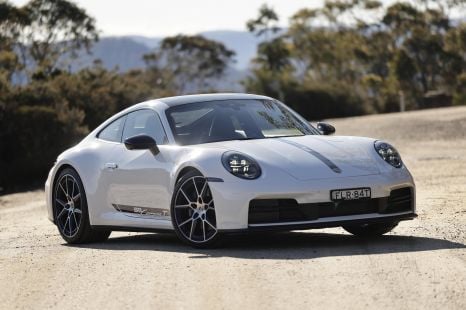

Matt Campbell
3 Days Ago
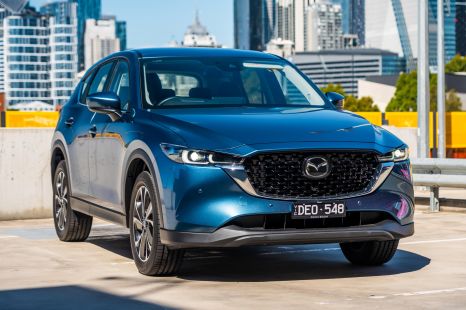

James Wong
2 Days Ago
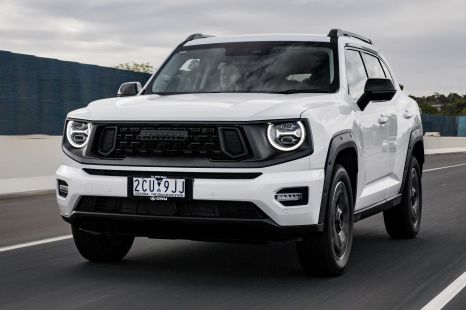

Max Davies
1 Day Ago
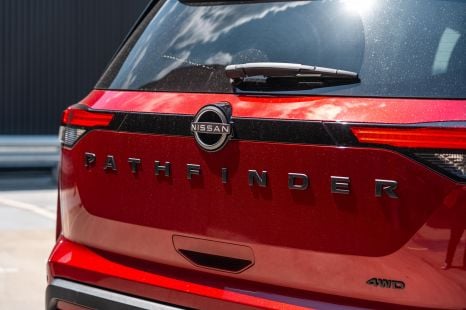

William Stopford
19 Hours Ago